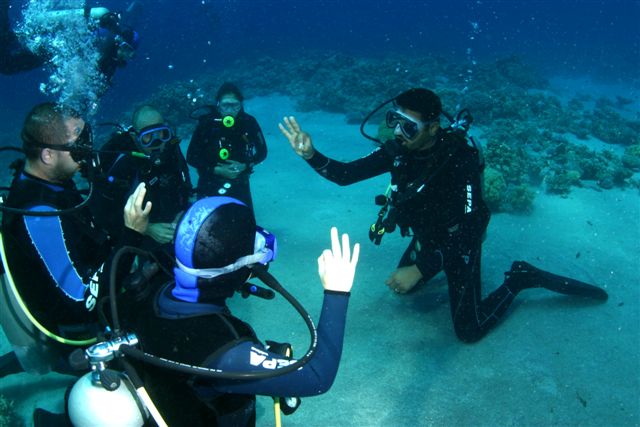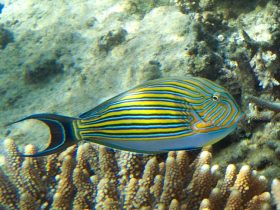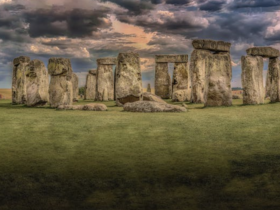For decades, the Red Sea has been regarded as one of the most beloved diving spots in the world. As such, it has become a focal point of tourism for all types of vacationers. The Red Sea is between arid land, desert and semi-desert. Reef systems are better developed along the Red Sea mainly because of its greater depths and an efficient water circulation pattern. The Red Sea water mass-exchanges its water with the Arabian Sea, Indian Ocean via the Gulf of Aden. These physical factors reduce the effect of high salinity caused by evaporation in the north and relatively hot water in the south.
Each season promises fantastic weather conditions. The short flights from Western countries to Egypt make for a comfortable ride. What makes it so attractive to divers is the far-reaching stretch along the coastline that travels from the north to the south of the country, as well as into Sudan.
It features several miles of rich coral reefs that many tropical species inhabit, including small fish and fat pelagics. Numerous creatures can be seen at the late and early parts of the year, since they relocate from other countries to warmer climates during colder seasons.
The Red Sea is a seawater inlet of the Indian Ocean, lying between Africa and Asia. The connection to the ocean is in the south through the Bab el Mandeb strait and the Gulf of Aden. To the north lie the Sinai Peninsula, the Gulf of Aqaba, and the Gulf of Suez.

Snorkelers get to see marine life activity when the coral grows in the sunshine’s direction. Red Sea diving is more scenic than diving in the U.K. The calming interruption of stunning marine life seen during your PADI open water training course intensifies the experience. Numerous dive centers in the Red Sea offer beginners classes, as well as classes for more advanced divers. The open water training course lasts about a week, and incorporates practical and theory assignments, followed by a written test. Day boats are also a fun activity, as they can get to dive sites inaccessible from the beach (or sites that are far from the resort).
You can also learn to dive from the Red Sea liveaboard, should you feel more adventurous. Currently, liveaboard tours are sectioned into northern and southern itineraries. Southern charters encompass marine parks, including the Elphinstone, Brothers, and Daedalus, which happen to be where the largest pelagics reside. Also found in the Deep South is St. John’s, which is located near the Sudanese border. This is a popular undersea photography destination, as it features alluring pinnacle structures and premium marine life. Most reefs and wrecks reside where the northern charters are.
Learning how to dive in the Red Sea will expose an all new world to beginners, and allows them to experience a variety of astonishing sights in the water’s depths. Upon finishing this course, most divers go on to complete the next level of open water training, which is more advanced. This provides more flexibility, as these sites can be toured by those qualified to reach such depths.























